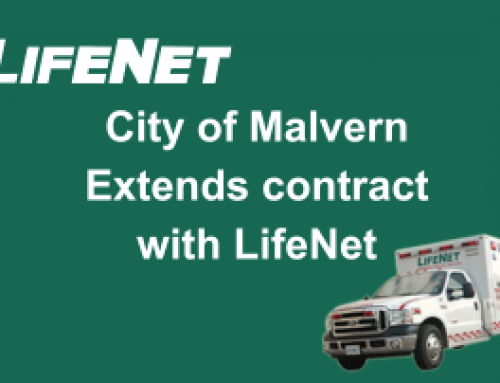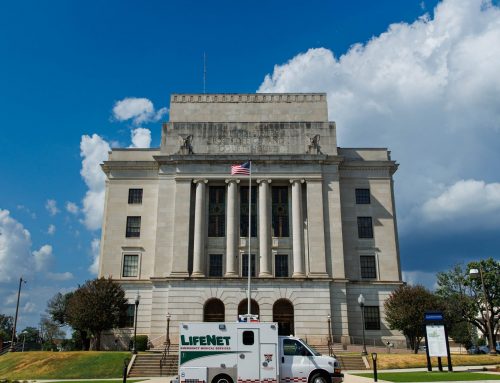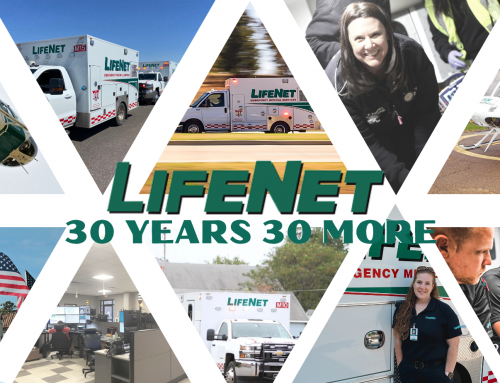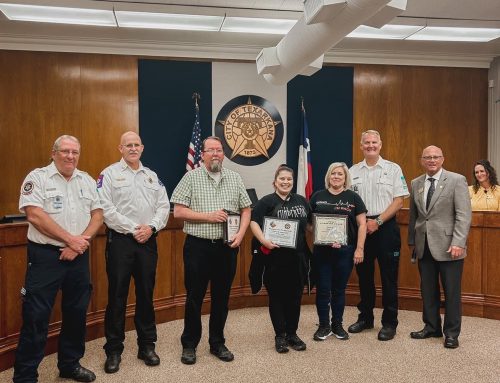When an emergency happens, seconds matter. That’s why drivers must yield the right-of-way to an emergency vehicle. Failure to do so can cause serious accidents or delays in EMS, fire, or law enforcement officials arriving at the scene of an emergency.
When you hear sirens or see the lights of first responder vehicles, if traffic allows, you should move as far to the right as safely possible and come to a complete stop until the first responders have passed you. If you are unable to pull over to the right or stop, slow down and leave a clear path for the emergency vehicle to get through.
Always remember: PULL TO THE RIGHT FOR SIRENS AND LIGHTS!
Let’s look at some examples of what NOT to do when you encounter emergency vehicles with lights and sirens on:
Don’t panic. Instead, stay calm and remember to pull to the right for sirens and lights.
Don’t race ahead to make the green light or turn before the emergency vehicle gets there.
Don’t stop in the middle lane when there is room to pull to the right.
Don’t pull to the left in the center lane or left turn lane. These lanes are often needed by the emergency response vehicles as an alternate path around traffic or for turning.
Don’t drive through a red light or stop sign when an emergency vehicle approaches from behind.
Don’t ignore the presence of the emergency vehicle by continuing to drive.
Now, let’s look at some examples of what to do when you encounter emergency vehicles with lights and sirens on:
Do Pull to the right and come to a complete stop. If you’re traveling on a high-speed road or if there is no room to stop, slow down as much as possible. If you are in the left lane, pull over into the right lane as traffic in the lane to your right moves over. If you cannot move to the right because of another vehicle or obstacle, slowly come to a stop. Your action will let the driver of the emergency vehicle know what you are doing and allow the driver to anticipate where to drive.
When an emergency vehicle approaches you from behind while you are stopped at an intersection, stay where you are unless you can pull to the right.
On a 4-lane highway or street without barriers, both sides of traffic should pull to the right.
If, however, the emergency vehicle is traveling on the opposite direction of a divided highway or street, you do not need to pull over.






